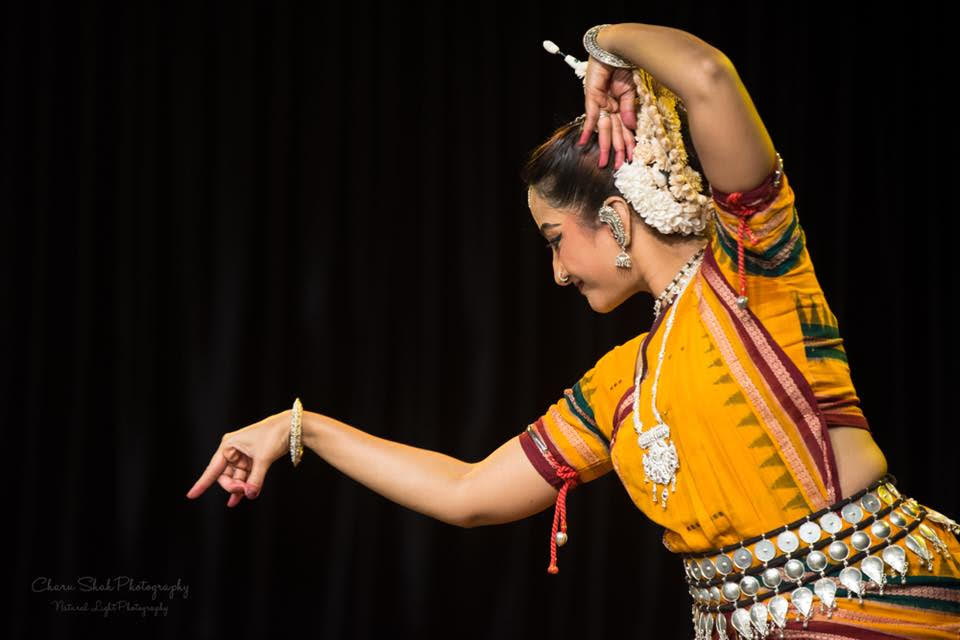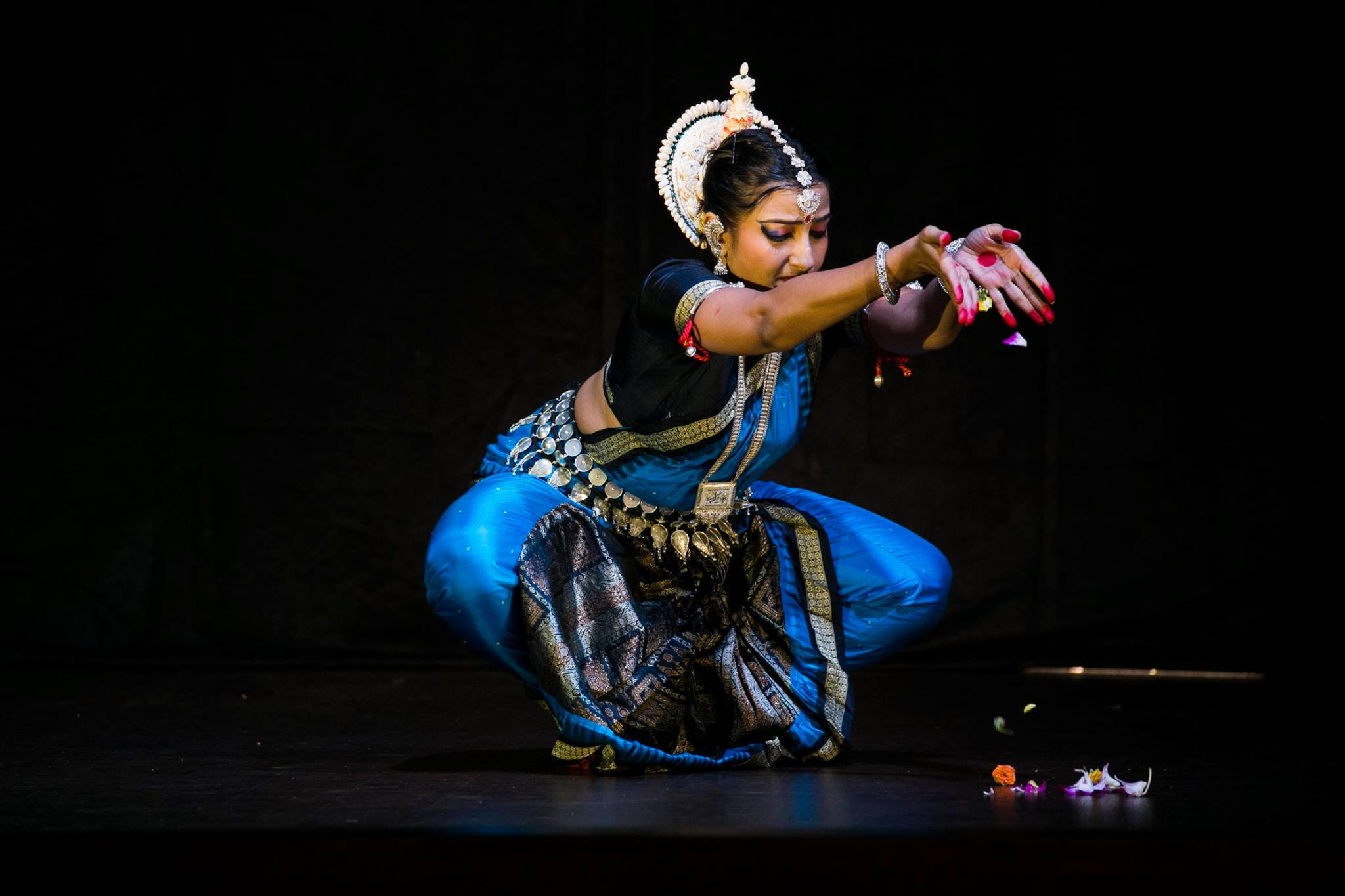‘Shifts’ are an integral part of my optimistic vision of life says Soumee De Girotra who will be performing Tribhanga on May 1 at Black Box Theatre, Goodman Arts Centre.
Tribhanga, an Odissi performance which means ‘Three Bends’, is defined as a characteristic posture of the Indian classical dance form. This classical dance genre traces its roots to the Mahari dance of Odisha, which is nearly a millennium old, and the dance has been an integral part of the daily rituals at the Jagannath temple of Puri. Tribhanga will feature original choreographies by legendary Guru Kelucharan Mohapatra, and her own choreography on music composed by Singaporean artists.
Soumee will present a traditional Odissi repertoire, which has been conceived to take the audience through a journey of a dancer’s life. Commencing from the repertoire item Magalacharan, which represents the entrance of (birth) the dancer onto the stage, concluding in Moksha (salvation) where the dancer reaches ecstasy and reaching the end of her journey.
Connected to India had a candid chat with the performer, who is an economist by education. “When I was born, my mother spotted the talent in me and initiated me to dance training at the age of four. My father believed in bringing me up like a son, economically and emotionally independent. That focus enabled me to excel in Economics and MBA studies and eventually land up with my first job in a local Bank at the financial capital of India, Mumbai. Over these past 18 years, I did not give up on my pursuit of dance training – I continued to train in classical dance forms – Kathak and subsequently Odissi. At Mumbai, I was introduced to Odissi and it was love at first lesson! I continued with my learning pursuit when I “shifted” to Singapore 10 years back and I presently shuttle back and forth to train under my Guru Ratikant Mohapatra, Srjan, Bhubaneswar, India,” said Soumee.
A creative performing artiste by passion and a human resources advisor by profession, Soumee said dance represents the heart and mind of my soul. I can’t explain this through an economic model nor through any psychometric profiles I use at work. “Tribhanga represents the journey of a dancer- How she is born as a dancer, lives through the myriad shades of emotions in life and seeks salvation – all through her dance. Just like my mother who intuitively knew that “this child will dance", I know, with certainty that I will dance until my last breath- until the dancer is reborn again. Birth- Life-Salvation- that’s how dance explains my philosophy and purpose of life,” she added.
Soumee is a co-founder of “Ethos -Exploring The Odissi Spirit,” a community of Odissi dancers in Singapore with a vision to propagate the dance form across boundaries, geographies and generations.
Tribhanga will premiere at Singapore on May 1 in the Darshana Intimate Dance Series hosted by Apsara Arts. Tickets can be bought here.
Odissi, in its current form, is one of the newest classical forms that was redefined and rejuvenated by the Odissi Gurus during a mega meeting called Jayantika at Cuttack in 1958. The origin of the form dates back to the ancient Jagannath Temple traditions performed by the Maharis (Devadasis) and subsequently the Gotipua dance form that integrated with athletics and acrobatics.
“Over the last five decades, the form and the music has developed a stature and beauty that is unparalleled. I learn Odissi from one of the neo-classical choreographers of Odissi, Guru Ratikant Mohapatra. The evolution of Odissi reflects in his new creations- the influence of the faster pace of life, movements from the current world and contemporary themes from our modern lives. Yet everything about the neo-classical choreographies is within the frame of Odissi- the music, the costume, the way the body moves- is classically Odissi,” said Soumee.







